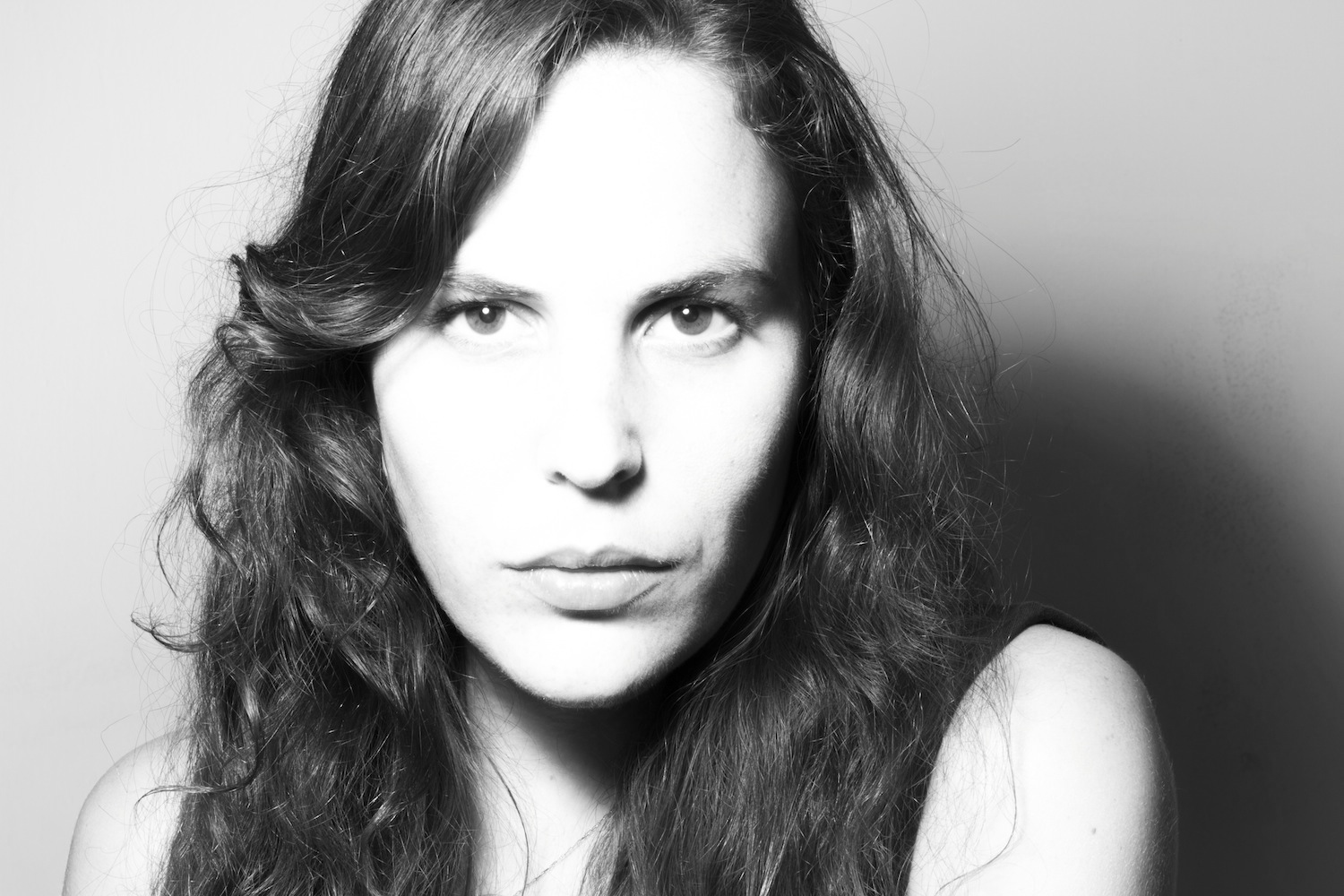"Websites by people for people"
Since the International Women's Day 2020, Speakerinnen.org offers many new functionalities, categories and a new page design All this was developed by Salit Krac, a product and UX designer from Berlin. Her professional path led her from graphic design to product design and we talked to Salit about her thoughts on the new features on Speakerinnen.org and the path she took from idea generation to implementation.

Salit Krac
You "prescribed" important changes for Speakerinnen.org - what are the most important new features of the website?
The most important feature as I see it, which was also the main challenge in this project was designing the filter system which allows event organizers to find speakers with a more precise and user-friendly path.
A user which looks for a female professional speaker in a women-only database has some amount of awareness in mind, and we seek to reward this awareness by providing a platform where the speaker can be found in a quick and pleasant way.
UX means User Experience – that means, you always think from the user's point of view? What does that mean exactly?
An experience designer or a product designer is the person responsible to always make sure the design human centric. This might sound like an obvious thing, as these products are made by humans for humans to use, so how can we go wrong? But you will be surprised how much the user goals and needs get lost in the process of product creation.
Even if the engineering team is an empathetic team of individuals who always have the user in mind, their focus is and should be on the engineering. The product designer then has the role to take care of the user-facing elements of the product and test them on real users, gather feedback and use this data to iterate a better design.
And here is the difference between product design and web design or graphic design: a better design does not mean a prettier one, but a design that allows the user to navigate better which using the product.
How do you proceed when you develop new ideas for a website? What are your first thoughts?
The process of designing a product changes if the website or product is completely new and we are starting from scratch, or if it is already rolling in the market for some time and has a steady number of users. This would be the case of Speakerinnen.org - I joined the team when the database was already live and serving users, but the experience was not ideal. Taking it from this state - we decided to tackle first the conference/event organizer user group, and only later on, proceed to the speaker's user group.
The approach here was to first understand this user group and their experience when looking for a speaker for their conference. How do they approach this task, what are their pain points? This was made talking to people who have this role in their daily jobs, as well as sending out questionnaires to reach more users.
When approaching the design of Speakerinnen.org, I was taking into consideration the existing interface and features in order not to create extra workload for the engineers. After validating the design with the team and tweaking it according to their comments and remarks I moved to the testing stage. We invited a few users who were given a scenario and had to go through the website and execute tasks. After synthesizing these results I had a clear understanding of when did we do right and what can be improved, and went on to iterating the design accordingly.
In the end priorities and feasibility always dominate our discussion on which changes should be implemented right away and which will be referred to later.
And how do you proceed until the ideas are implemented?
Being a product designer (which contains also the user interface part, not only the UX) my next step is to take care of the user interface design (UI).
Which means?
…how do things look. Colors, shadows, fonts, visual elements. On the UX side, the next step would be to address the second user group – the speakers. The speakers who register to the website have a completely different journey and therefore the process begins anew.
How did you work together with the Speakerinnen-team?
The team was involved in every step of the design process and I made sure to always share my ideas and sketches from the research. What I like most about involving this team in particular in the process is that they always have their own suggestions and insights which are excellent and may have never crossed my mind. Compared to other teams I have worked with they have what we call a high level of “UX maturity”.
Which ideas did you have that have not been implemented yet? but maybe in the future?
The way I see it, subscribing as a speaker or finding a speaker on the Speakerinnen website should be es easy as online shopping in the most trendy, intuitive websites, and should include all the perks we know from the e-commerce world. So, I could imagine more features such as: a collection where to add my own favorites. Having some sort of recommendation system (we do not want to use rating but rather an alternative). And also simple features like seeing last online activity or showing how long does it usually takes one to respond would be nice.
There is a lot more work to be done in regard to increasing trust in the platform. Speakerinnen.org is for me (and us) a website that can be used reliably and trustworthily to address female conference speakers, moderators etc. Highlighting their competencies through the website is my real challenge.
--
Salit Krac is a product designer and does research on the usage behaviour of people. She works in Berlin.
The interview was conducted by Mandy Schoßig.